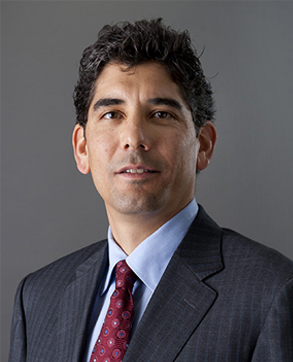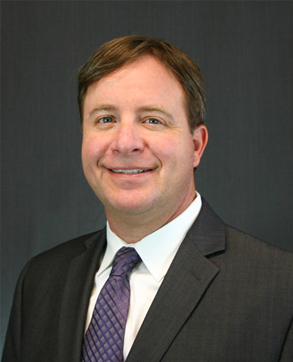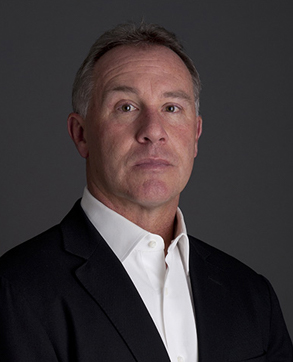Raytech (Raybestos)
Raytech Corporation, was created in Shelton, Connecticut in 1986 as a holding company for the Raybestos Friction Materials Company as part of a corporate strategy to shield Raybestos from its asbestos liabilities. The strategy ultimately did not work.
In 1902 the A.H. Raymond Company was formed in Bridgeport, Connecticut producing clutch facings, the “Raymond Brake” and brake linings. The brake linings contained asbestos and were trademarked “Raybestos.” Briefly renamed the Royal Equipment Company, the company was renamed Raybestos Company in 1916. Its president was Sumner Simpson, who ran the company for four decades.
In 1929 they merged with the Manhattan Raytech Corporation, was created in Shelton, Connecticut in 1986 as a holding company for the Raybestos Friction Rubber Manufacturing Company and became Raybestos-Manhattan Friction Materials Company.
Raytech Products
The company thrived during the 1930s because of the continuing demand for car and truck repairs. A friction clutch was developed which became the basis for future semi-automatic and automatic car transmissions. During World War II almost every U.S. airplane and ground vehicle contained Raybestos parts. After the war the company continued to prosper with brake pads and clutch linings being the primary product. Product lines expanded to include disc brake pads, aerospace parts, fabrics, hoses, smog-control devices and even bowling balls.
- Textiles, Felts, Cloth, Paper
- Gaskets, Packing, Sheets, Rope, Wick, Cord, Tape
- Electrical Products
- Friction/Automotive Materials
- Friction/Automotive Materials (Cont.)
Asbestos Lawsuits
By 1978 the company no longer operated in Manhattan so it shortened its name to Raybestos Friction Materials Company. About this time the company was beset with many lawsuits filed by workers who charged that the company knew of the hazards of asbestos yet did nothing to protect the workers.
In the late 1970s plaintiffs’ attorneys secured personal documents of Sumner Simpson which proved that Raybestos and other companies were indeed aware of the dangers of asbestos yet engineered a cover-up for over forty years.
In 1986 the company’s new president created Raytech which in 1988 spun off a new company, Raymark, which was designed to distance Raybestos from asbestos liabilities. Raymark was strategically bankrupted and attorneys began suing Raytech. Raytech filed for bankruptcy in 1989 and operated under Chapter 11 protection through the 1990s.
In October 1995 the U.S. Supreme Court ruled that Raytech was responsible for the liabilities, and the Raytech Corporation Asbestos Personal Injury Trust was established, which opened for claims in January of 2010.














